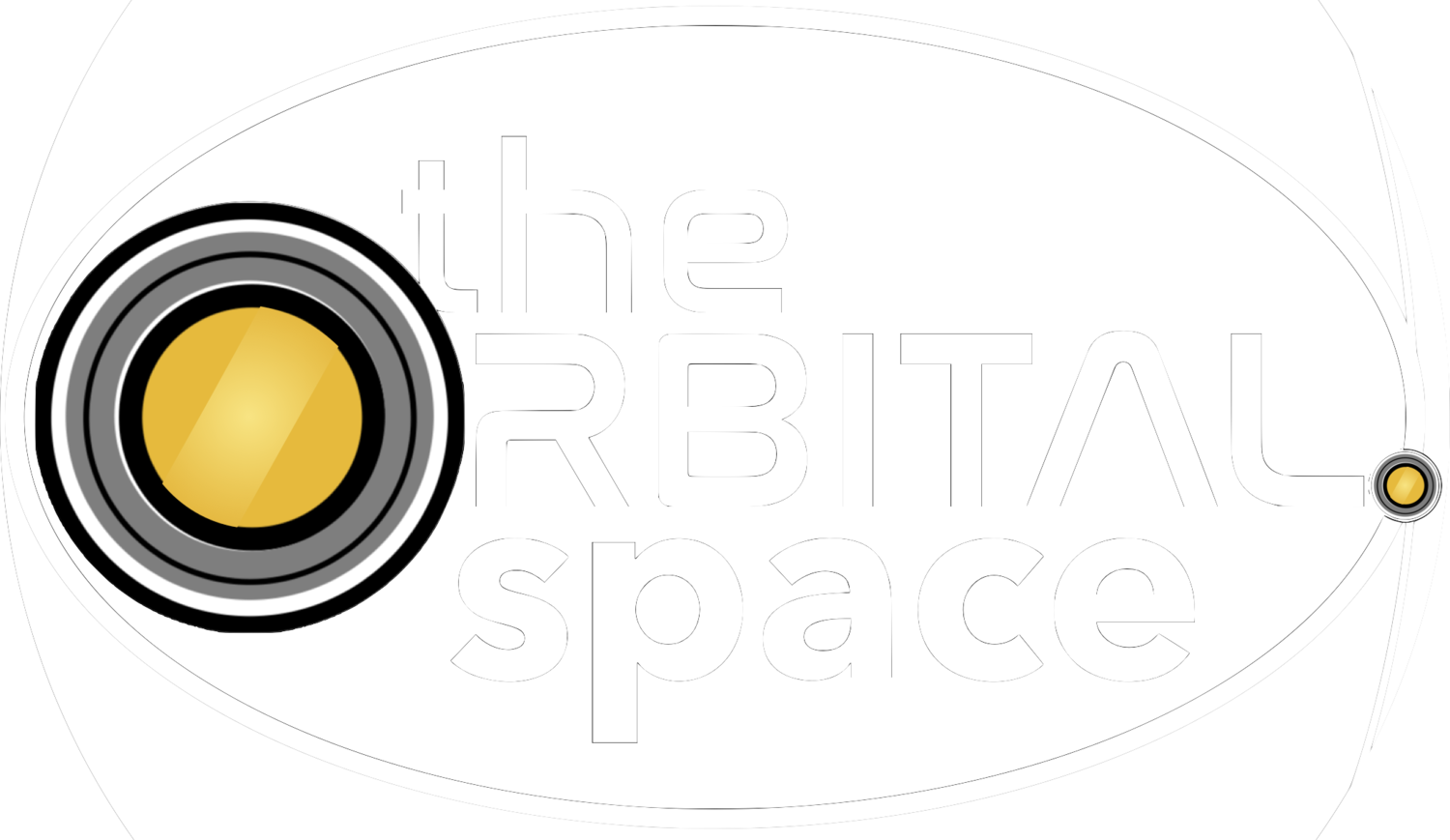NASA hired a private launch company to send almost 7,400 pounds to the space station in the dead of night.
Private space company Orbital ATK launched a Cygnus cargo spacecraft atop the company’s Antares rocket early this morning, in support of NASA’s Commercial Resupply mission contract. The liftoff occurred at 4:44am EDT Monday morning, May 21, and will bring nearly 3.7 tons of hardware, science, and supplies to the International Space Station. This includes some ground breaking experiments, one of which will use lasers to create the coldest known spot in the universe, and some that are…a little less complex.
Let’s start with the cold one. The Cold Atom Laboratory, or CAL, is a complete physics research facility crammed into something the size of a small refrigerator. Built by NASA’s Jet Propulsion Laboratory (JPL), CAL will use lasers and magnets to chill groups of gaseous quantum atoms to near absolute zero (a shivering -273.15 º C, or -459.67 º F), or, about 10 billion times colder than the vacuum of space.
This is all to study matter in the form of a Bose Einstein condensate, which simply refers to the super-chilled clusters of atoms CAL is being sent up to study. When atoms reach near-absolute zero, movement comes to a near stop, which does not happen in nature so far that science is aware.
The Cold Atom Lab (CAL) is a new facility that will create a spot ten billion times colder than the vacuum of space, and could help us answer some of the biggest questions in physics.
Image credit: NASA
When atoms get close to reaching absolute zero, they start acting weird. Super-chilled atoms begin to clump together and become identical, and start behaving as though the group were a single atom. Utilizing the International Space Station’s microgravity environment, CAL will be able to cool these types of atoms to a degree unachievable on Earth to further develop ultra-cold atom-based quantum sensors for gravitational and magnetic fields.
Another experiment headed to the ISS, this one a little easier to wrap your head around, is one involving cement solidification. Believe it or not, as long as it’s been around (think ancient Roman times), there are still aspects of cement solidification we’re unsure about. We do know that it starts when you add the water, and that water mixes with cement to form complex crystal structures that eventually form the solidified bond we know as cement. What we don’t fully grasp are the phenomena influenced by gravity and temperature during this process.
To find out, astronauts aboard the ISS are receiving bags of water and cement compounds to mix in the microgravity, temperature-controlled environment of the space station. Additionally, Aleksandra Radlinska, Principal Investigator for the experiment and Assistant Professor of Civil and Environmental Engineering at Penn State stated during a pre-launch press briefing she believes a better understanding of these processes could lead to the use of cement-like compounds in building structures on places such as the moon, or Mars.
Another not-so-complex item headed to space this morning was a sextant. Measuring the angles between the moon or planets and the stars, sextants have historically been used to help navigate at sea. In the early days of spaceflight, most notably during the Gemini missions, astronauts relied on a sextant to navigate the same way. This time, NASA wants to find out if the same tool can be utilized as an emergency navigation device on deep space missions.
In addition to some other notable research headed to the station, a trio of cubsats will be released from the Cygnus spacecraft after its departure. This trio includes TEMPEST-D, CubeRRT, and RainCube. Each of which will measure and monitor different aspects of storms and weather environments on Earth.
Check out this launch video from theOrbital.space





